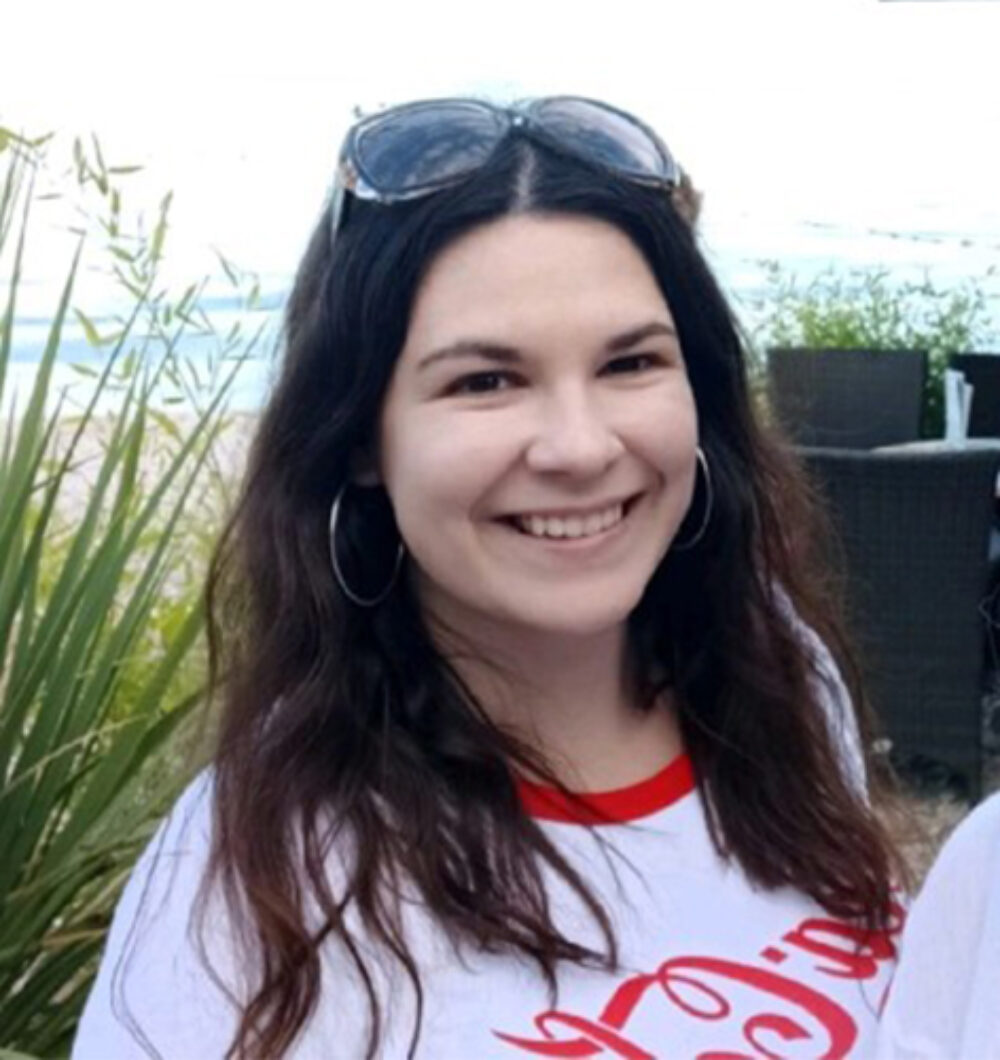
Sara Stamatović
Abstract
In the last few decades, renewable energy sources have become a key factor in the fight against climate change and one of the main causes of the global energy transition. There is an urgent need to obtain “clean” energy, primarily from sources that use wind or solar energy. In order to synchronize the behavior of production units in the interconnection, the European Commission adopted the requirements for connecting electricity producers to the grid (A network code on requirements for grid connection of generators – RfG), where the categorization of production units by type is defined, and the conditions that each type of unit must meet. The connection of a large solar power plant to the transmission system and its impact on network conditions were analyzed. Quasi-dynamic calculation was used for the calculation of power flow in the system, so that instead of three characteristic modes (summer and winter maximum and summer minimum), 8760 conditions were considered (one for every hour of the year). This calculation, although much more complex, provides a more comprehensive set of data and about the system. In the simulation model, hourly values of active and reactive power in all consumer nodes in the network are modeled, as well as active and reactive power in generator nodes, if possible. The generation of the connected solar power plant is represented by a linear model, by scaling data on horizontal insolation at the location of the power plant. Empirically, the relative error between the total energy produced in one year and the assumed production is about 5%. In the analyzed example, the power plant (which has 150 MW of installed power) does not endanger the elements in the system.The biggest changes regarding the voltage conditions and level of load of elements, as expected, occur at the point of connection of the power plant and on lines and transformers close to the point of connection. Three operating scenarios of the power plant were considered, cosφ=1, cosφ=0.95 cap. and cosφ=0.95 ind. The maximum load of the connecting line for inductive operational scenario and scenario when cosφ=1 is 84%, while it is the highest when the power plant is operating in capacitive mode and amounts 94%. It should be noted that loading of the connection line greater than 90% in capacitive mode occurs only in 24 different hours a year. It was concluded that, due to the greater level of detail, and for operational reasons both for the investor and for the System Operator, it is more convenient to use the simulation model at the hourly level (that is, the quasi-dynamic simulation model). Based on the results with an hourly resolution, a better assessment can be made not only of critical scenarios regarding the critical voltage limits or overloading in the network, but also of the frequency of its occurrence.
Keywords: quasi-dynamic calculation, power flow, solar power plant, simulation model, connection to the system.
Biography of the presenter
Sara Stamatović, MSc. El. Eng, graduated from the School of Electrical Engineering in Belgrade, Power Engineering module. In her master’s studies, she majored in renewable energy sources, and defended her master’s thesis entitled “Extraterrestrial Photovoltaic Systems” in 2023. In addition to electrical engineering, she also enrolled in master’s studies at the Faculty of Mathematics in Belgrade, Astrophysics module.In 2023. she started her job as an Associate at the Nikola Tesla Institute, where she works in the Center for Power Systems. Her professional activity has been focused on the modeling of power system elements in software applications such as DIgSILENT and PSS E, power flow and short circuit analyzes, as well as other study analyzes of static conditions and dynamic states.


